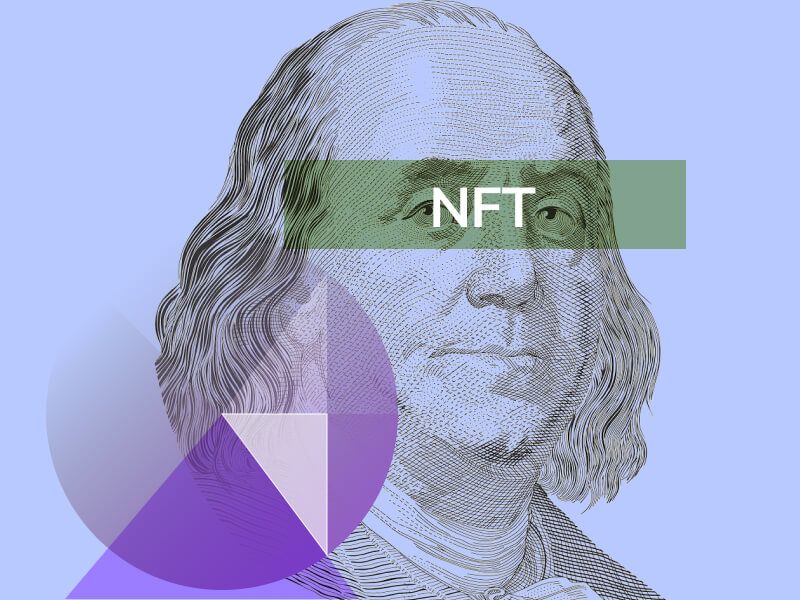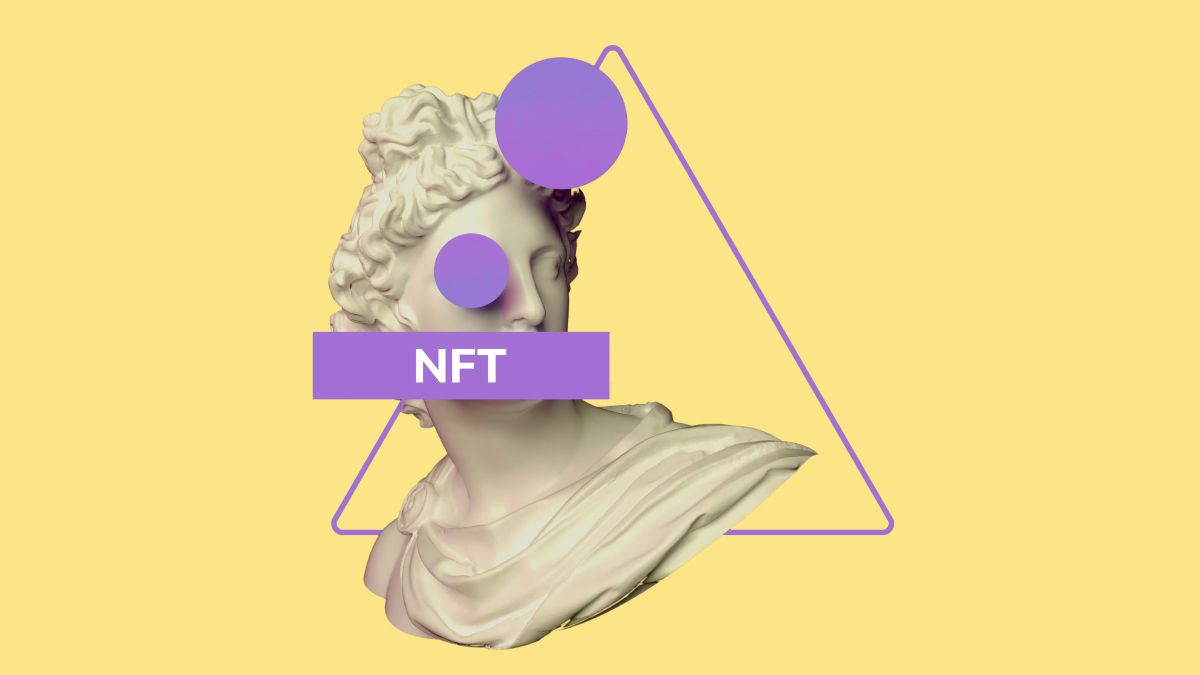Coinciding with the explosion of gaming and virtual reality economies, blockchain technology is revolutionizing how we look at digital assets. NFTs are a part of the broader crypto-collectible phenomenon, where unique digital items can be sold and purchased. NFTs are gaining momentum from mainstream media, as well as attracting notable investors such as Michael Novogratz who has publicly stated that he believes digital art will be one of the first big markets for blockchain adoption and growth.
NFTs are in the news a lot lately, suddenly everyone’s talking about them. NFT, short for Non-Fungible Token, is a token that represents ownership of something. The “something” is usually digital art or other collectibles, such as trading cards and (very) short videos. The information doesn’t come with an NFT – they are just numbers stored on the blockchain – but it does prove you possess the original copy of whatever it is (usually a JPG or PNG) that has been authenticated on that blockchain.
In a nutshell, an NFT is a type of digital asset that contains ownership details. What makes them special is that they can be both transferred and easily identified between owners, with an ability to be used as digital representations of real-world assets, like real estate properties or physical artwork.
Since their creation, various frameworks have been developed to facilitate the issuance of NFTs. Some of the most prominent frameworks used to mint NFTs are ERC-115 and ERC-721, which are standard interfaces for NFTs that allow for the implementation of a standard API within smart contracts on the Ethereum network. This type of standardization makes it possible for holders to transfer NFTs easily.

With the stunning, high-flying returns that NFTs have delivered to investors in recent months, the euphoria surrounding Non Fungible Tokens may be reaching levels last seen during the crypto boom at the end of 2017. The largest NFT sale took place in mid-2021: Beeple’s “Everydays: The First 5000 Days” closed after 30 minutes of bidding with a final price of $69.3 million. Some other recent signs of euphoria include a trend called derivative projects, in which a team adds no utility to an already existing project, yet sells a similar artwork to already existing community members. This trend tends to drain liquidity from the overall NFT market as investors are essentially gambling, while the team pockets the crypto raised.
Even though there will probably be a few bumps in the road, the NFT market could very well become a force to reckon with. Presently, the market is small. But don’t count it out. It may emerge as big enough (and useful enough) for broad adoption in the near future. Who knows? Maybe before you know it, we’ll all be trading… NFTs.
Hopefully, you now have a better understanding of how non-fungible tokens and blockchain are changing industries across the board. New NFT marketplaces are popping up every day and bringing with them new projects that help support the digital ecosystem. Remember to do your own research before deciding which NFT marketplace and projects to use, but from what we’ve seen thus far, it looks like the future is bright.










